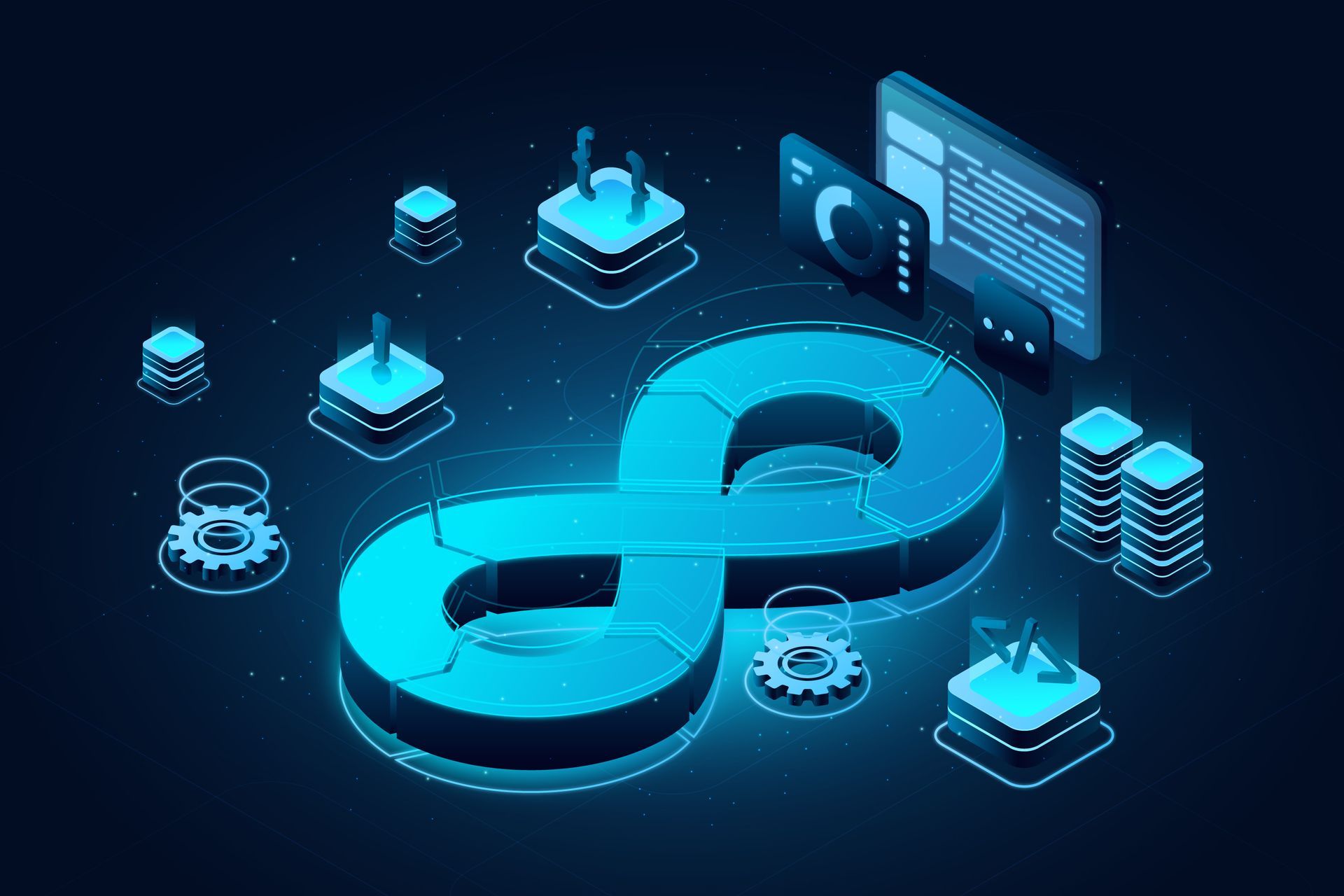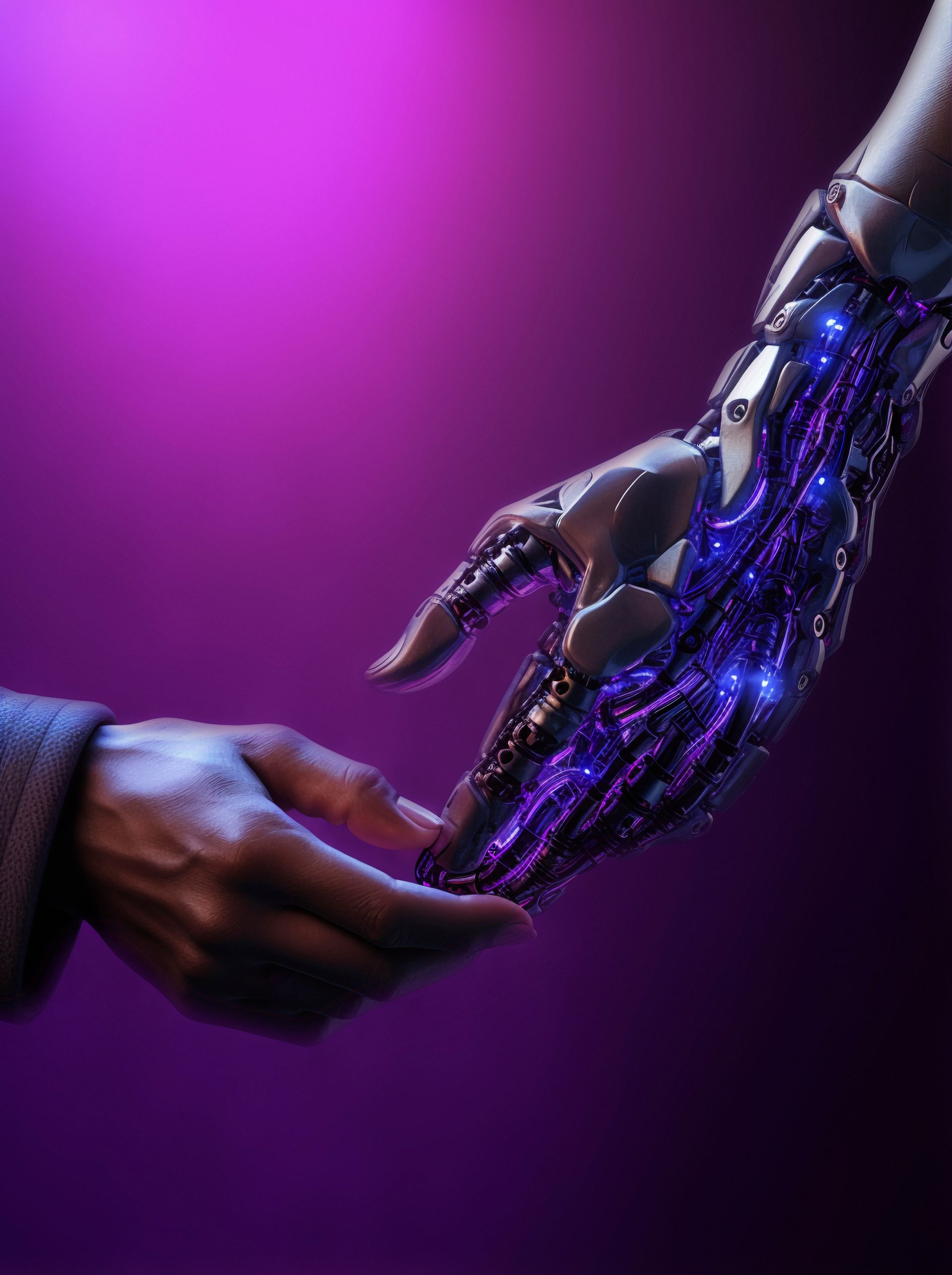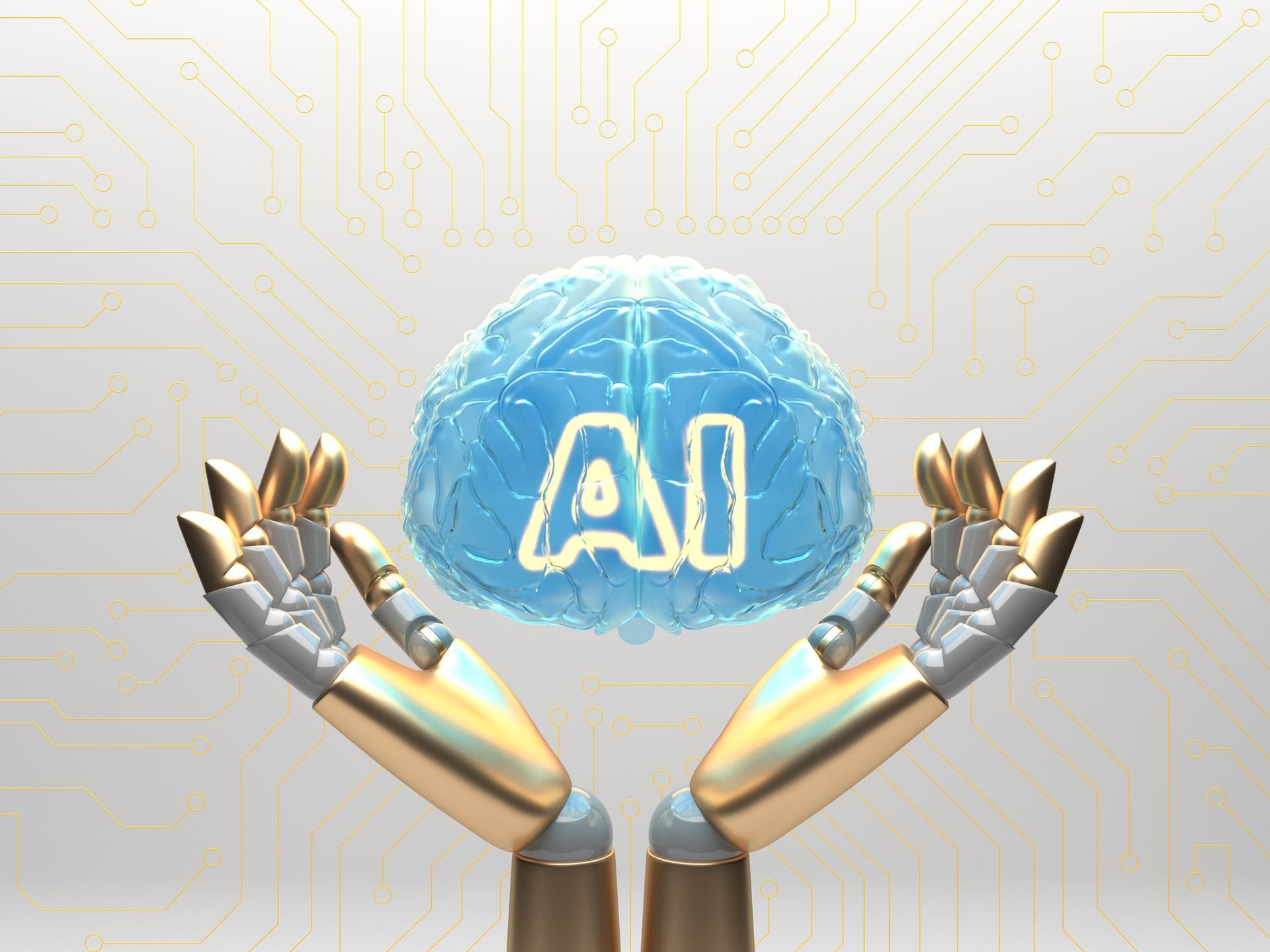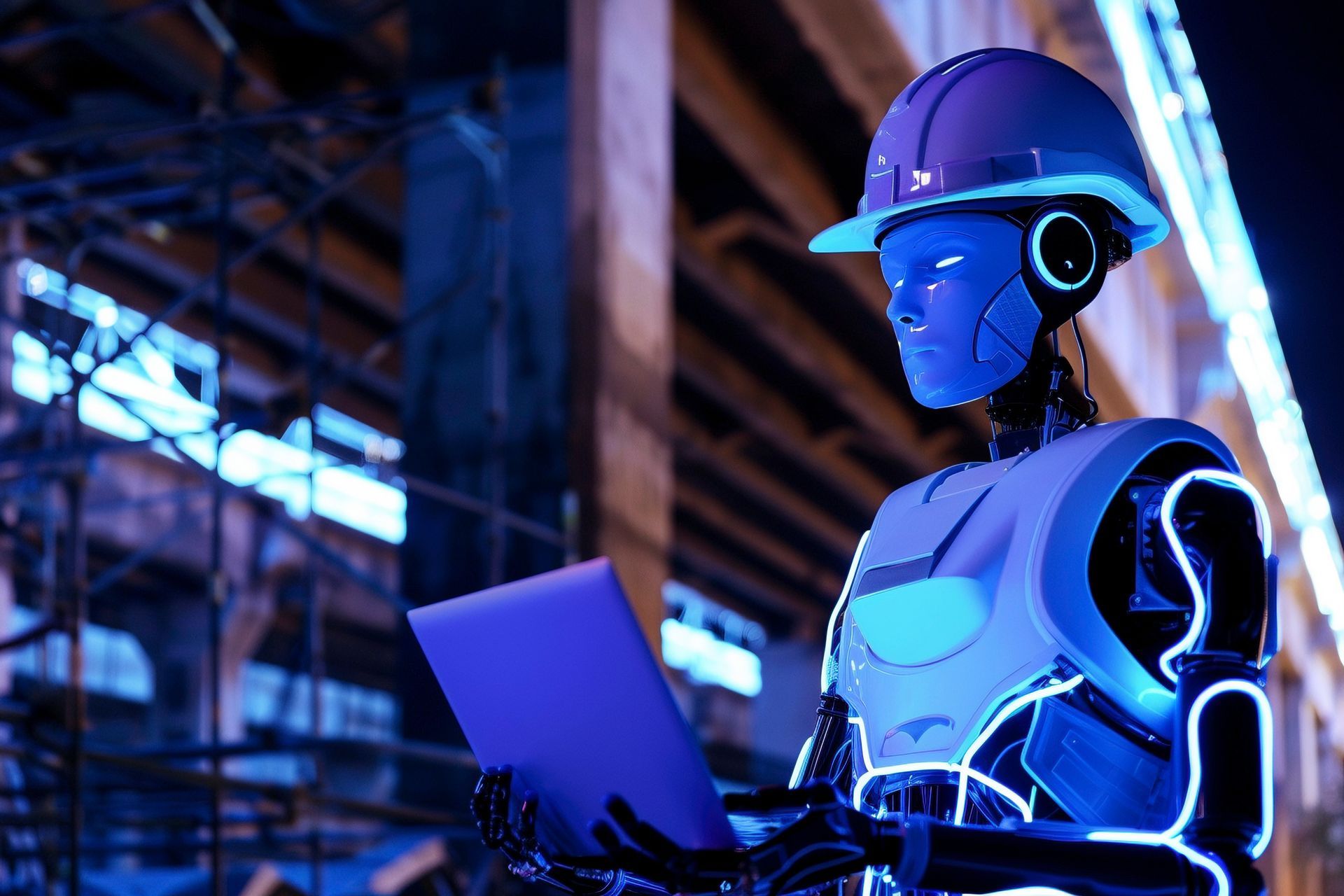A Synergistic Approach - DevOps, SRE, and Platform Engineering
From Silos to Self-Service: Unraveling the Interplay of DevOps, Site Reliability Engineering, and Platform Engineering

In the earliest days of software development, teams operated as isolated islands. Developers wrote code and tossed it “over the wall” to operations, who often spent sleepless nights deploying it to production and firefighting outages. As digital innovation accelerated, these slow-moving, siloed models became unsustainable, threatening both a company’s speed to market and the quality of its customer experience. Out of this crucible emerged new engineering paradigms—DevOps, Site Reliability Engineering (SRE), and, more recently, Platform Engineering—each evolving the cultural and technical blueprint for building and maintaining modern software systems.
Yet these disciplines are not so much replacements for one another as they are interconnected layers that, taken together, form a robust foundation for cutting-edge product delivery. Understanding their differences and interdependencies provides a competitive advantage for software teams striving to deliver faster, scale bigger, and maintain unwavering reliability in a world where downtime can mean disaster.
The DevOps Breakthrough: Uniting Culture and Automation
When the DevOps movement began to take root over a decade ago, it arrived as a direct response to the chronic tension between development and operations teams. At its core, DevOps rethinks the notion that “dev” and “ops” are distinct disciplines. Instead, it emphasizes:
- Cultural Shift: DevOps encourages breaking down silos, fostering open communication, and integrating cross-functional teams. Developers gain an understanding of operational realities, while operations folks influence how code is written and tested, forming a continuous feedback loop.
- Continuous Everything: Automated pipelines—Continuous Integration (CI), Continuous Delivery (CD)—lie at the heart of DevOps. The goal: to ship features to production quickly and safely. Rather than waiting weeks or months, releases become a daily (or even hourly) occurrence.
- End-to-End Responsibility: No more “throwing code over the wall.” Teams share the on-call burden and overall system ownership. This holistic accountability improves quality, as no one wants to live with fragile systems they helped create.
These principles have helped countless companies—from scrappy startups to global enterprises—accelerate release cycles and better align engineering efforts with business goals. Yet as systems grow in complexity and scale, DevOps alone sometimes falls short of guaranteeing reliability, maintainability, and clarity about what “good” really means.
Site Reliability Engineering: Reliability as an Engineering Mandate
While DevOps provided the cultural and procedural backbone, Site Reliability Engineering (SRE) introduced a scientific, metrics-driven layer of rigor. Popularized by Google, SRE formalizes what it means to run a service reliably and transform operations into a discipline guided by hard data and engineering best practices.
- Reliability as a Feature: In SRE, reliability is not left to chance. It’s defined through Service Level Objectives (SLOs)—concrete targets for uptime, latency, and error rates. SLOs are not arbitrary; they’re set to balance innovation against stability. If you promise 99.9% uptime, you measure it, manage it, and know exactly when you’re failing to meet it.
- Error Budgets: Instead of pitting development speed against reliability, SRE introduces error budgets, a quantifiable tolerance for service downtime or errors. If you’ve “spent” your error budget by overshooting your downtime allowance, guess what? You slow down the feature rollouts and invest in reliability improvements until you’re back within limits.
- Reducing Toil with Engineering: SREs take a scalpel to operational tasks, trimming away repetitive “toil” through automation. Their job isn’t just to react to incidents; it’s to design systems that resist failures in the first place. Over time, SRE practices shift the collective mindset from putting out fires to preventing them through engineering excellence.
In essence, where DevOps ensures smooth collaboration and quicker delivery, SRE ensures that the systems delivered actually meet explicit, measurable performance and reliability standards. Yet as organizations scale further—spanning dozens of product teams, thousands of microservices, and a dizzying array of toolchains—they often encounter another hurdle: complexity and cognitive load for developers
Platform Engineering: Designing the Developer Experience
Enter Platform Engineering, the emerging discipline focused on turning the complex web of infrastructure, tooling, and operational know-how into a streamlined, self-service “internal product” that developers can easily consume. If DevOps seeds the cultural garden and SRE ensures its robustness, Platform Engineering constructs the paths, water systems, and greenhouses that allow every team to thrive without reinventing the wheel.
- Internal Developer Platforms (IDPs): Platform Engineering is about building a curated ecosystem of tools, services, and APIs that developers can tap into—often through self-service portals. Need a new environment for your microservice? Spin it up with a click. Want to integrate observability or security scanning? It’s baked into the platform by design.
- Abstraction and Standardization: By consolidating best-of-breed solutions, Platform Engineering reduces the fragmentation that plagues large organizations. Engineers no longer need to guess which CI/CD tool to pick or which Kubernetes configuration file they must wrangle; the platform team provides sane defaults, templates, and guardrails.
- Developer Experience (DX) as a First-Class Concern: The platform isn’t just infrastructure—it’s treated like a product, with user research, feedback loops, and continuous improvement cycles. The result is happier, more productive engineers who can focus on building features rather than wrestling with low-level infrastructure details.
Where DevOps and SRE define principles and guardrails, Platform Engineering delivers the operational ease-of-use and standardization that help these principles scale. In that sense, Platform Engineering is the complementary piece ensuring the organizational “ways of working” meet the day-to-day practicalities of building, deploying, and maintaining code at scale.
Mapping the Relationships: Complementary, Not Competitive
It’s tempting to see these approaches as competing models. In reality, they occupy different layers of a holistic strategy:
- DevOps: Focuses on culture, collaboration, and automation of delivery pipelines. It sets the tone for a shared ethos of rapid iteration and continuous improvement.
- SRE: Builds on DevOps with a razor-sharp focus on reliability and measurable service quality, turning best intentions into quantifiable targets and engineering solutions.
- Platform Engineering: Provides the structured environment, tooling, and abstraction layers that enable DevOps and SRE to flourish at scale, ensuring that complexity doesn’t crush productivity.
Think of it this way: DevOps breaks down barriers, SRE ensures that what crosses those barriers meets a high standard of reliability, and Platform Engineering reduces cognitive load and friction, making it easier and more delightful to do the right thing the first time.
Real-World Applications: From Startups to Enterprises
- Startups often begin their journey with a DevOps mindset, embracing continuous integration and iterative improvements from day one. As they mature, they introduce SRE elements to ensure their growing user base enjoys stable, performant services. When the scale becomes massive and the complexity overwhelming, they invest in Platform Engineering to provide cohesive, standardized environments to hundreds of developers.
- Enterprises migrating from legacy architectures find DevOps principles challenging but transformative, cutting down release cycles from months to minutes. As they adopt SRE, they finally gain a grip on ensuring that their uptime promises to customers are more than just slogans. Once they’ve established a cultural and operational baseline, Platform Engineering emerges as the final piece, taming unwieldy infrastructures and empowering distributed teams with a polished internal platform.
Charting Your Own Path
Every organization’s journey will differ. Some may never need a full-fledged SRE team but can borrow reliability principles for critical services. Others may jump straight into Platform Engineering once the pain of fragmentary tooling becomes too acute. What’s vital is understanding the conceptual map: these models aren’t silver bullets, but complementary approaches that align culture, reliability, and developer experience.
For forward-thinking engineering leaders, the real power lies in weaving DevOps, SRE, and Platform Engineering together. With DevOps clearing the cultural ground, SRE instilling engineering rigor, and Platform Engineering building the paved roads, organizations can deliver software at speed and scale—without losing sight of reliability, developer satisfaction, and ultimately, customer delight.
In a digital world where every millisecond counts and user expectations soar, mastering this trifecta is not just an aspiration—it’s a competitive necessity. By understanding these paradigms and harnessing their collective strengths, your teams will be poised to create software ecosystems that are both rapidly evolving and fundamentally resilient, ready for whatever the future may hold.
DevOps, SRE, and Platform Engineering: A Synergistic Approach
NThe modern software landscape demands speed, reliability, and developer happiness—no small feat. DevOps broke ground by tearing down silos and enabling continuous delivery. SRE elevated reliability into a measurable, engineer-driven discipline. Platform Engineering took those foundations and created a supportive internal ecosystem that streamlines development.
Together, these philosophies and practices represent a shift away from isolated roles and toward integrated, engineering-centric approaches to building and running software. By understanding the nuances of DevOps, SRE, and Platform Engineering, today’s software leaders can architect organizations and workflows that not only deliver features faster, but also uphold the standards of reliability and scalability that define industry leaders. The future lies not in picking one over the other, but in skillfully weaving together their principles to shape a software delivery engine that can thrive in an increasingly complex and demanding digital world.
Register now at www.godasummit.com/tickets and be part of the movement that's shaping the future.
Contact Information
GODA SUMMIT PR
Email:
pr@godasummit.com
Phone: +44 20 4547 5894
Connect with us @GODA SUMMIT on LinkedIn to continue the discussion
Event Information and Registration
Visit:
www.godasummit.com
Join the Conversation
Follow us on social media for the latest updates:
LinkedIn:
GODA-SUMMIT
Twitter (X): @GODASummit | #GODASummit2025
Facebook: GODASummit
Instagram: @GODASummit















